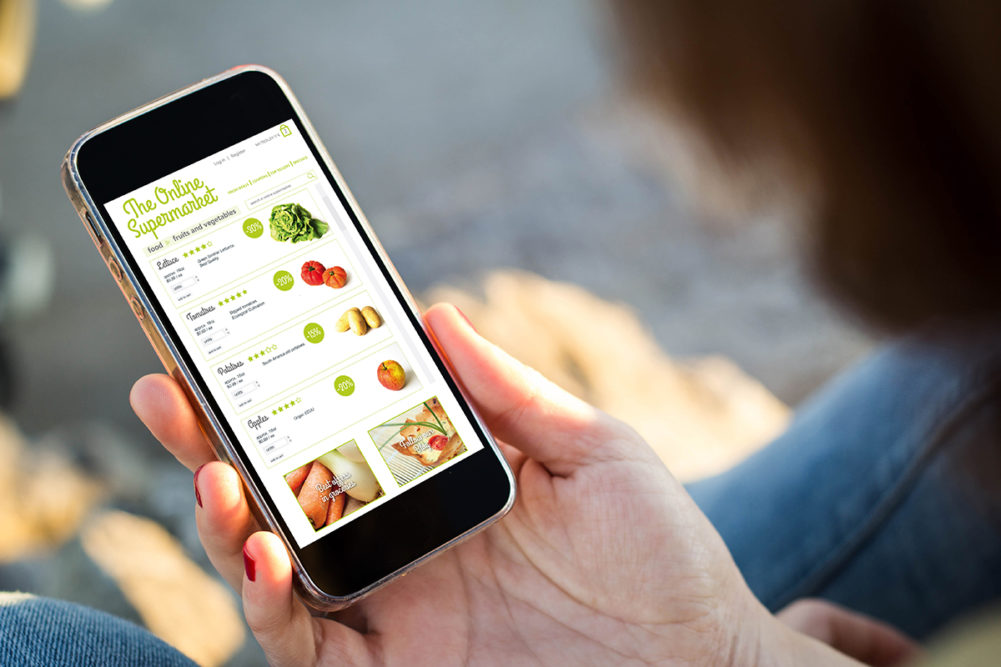The future of grocery shopping is increasingly digital. Online grocery sales nearly tripled due to pandemic-fueled changes and expectations for contactless transactions. Sales were also strong in 2021 and 2022 as many consumers continued pandemic-era habits and desired convenient ordering. Double-digit advances in the online grocery market will continue, with sales expected to grow at an average annual rate of 12.0% through 2027, according to Packaged Facts’ new report The Future of Grocery: Online Grocery, Meal Kits, & Direct-to-Consumer Food.
Packaged Facts’ March 2023 National Online Consumer Survey indicates that 52% of adult consumers had used a grocery delivery option in the preceding year, while 27% utilized grocery pickup. 21% of consumers had used meal kit delivery services in the last year, while 17% had used prepared meal delivery services.
Consumers are looking for convenience in how they get and prepare their foods, and online grocery shopping options facilitate:
- ordering on one’s own time (even outside of store business hours)
- home delivery or appointments for curbside pickup
- access to foods not available locally, including specialty types or foods to suit particular eating habits or allergy limitations
- assistance with meal planning, as platforms suggest combinations and recipes
- assistance with meal preparation, as some formats supply precooked, premeasured, or otherwise semi-prepared meal elements
While the pandemic is receding as a primary driver of habits (as of 2023) and consumers are resuming pre-pandemic activities, online grocery ordering is sticking around. Remote work, both full- and part-time, will continue for the sizable segment of the population that started or expanded the practice during the pandemic. Consumers who used to make purchases during their daily commutes have established new habits – like online ordering – since leaving the home to shop has become less convenient.

